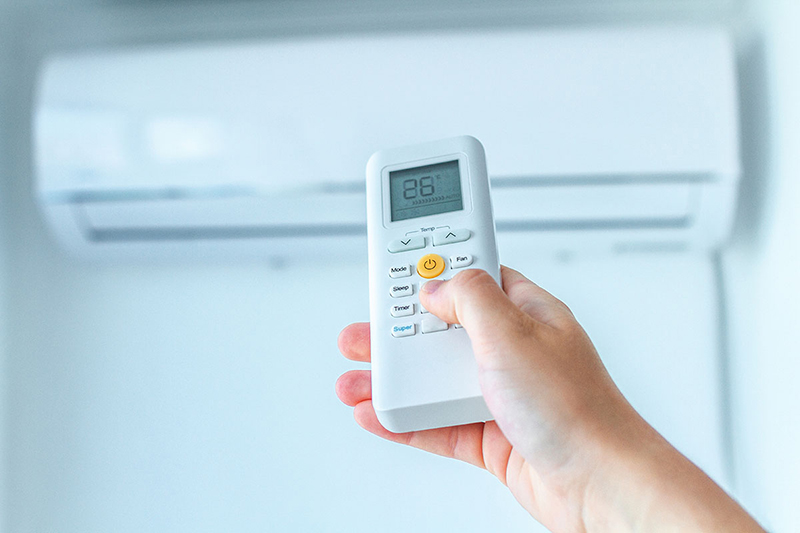
Are you guilty of being part of the group of air conditioner users who just fiddle with the on/off switches and the temperature settings? Yes, regardless of the model and system, even if you’re using a Daikin system 2 or Mitsubishi system 5 air-conditioning system. Modern technological advances means that your air conditioner is likely to come with a wide variety of cool modes and functions that can enhance the entire cooling experience. Whether it’s convenience, energy-saving functions or more, these features are an added benefit you’ll love. Although it might be a bit of a hassle to run through all the functions to understand them, knowing how they work and utilising them to your advantage offers plenty of benefits, making the most of your unit while keeping costs low. In this article, we’ll focus on the dry function mode, one of the primary settings that is both functional and useful. What is the Dry Mode? Not to be confused with the cool mode, the dry mode is significantly different in terms of function. While it’s not prevalent in every type of air conditioner, the dry mode is more often seen in certain kinds of central air-conditioning units. The key thing it does is lower a room’s humidity. More often than not, humidity contributes to an increase in temperature. It gives you that uncomfortable stuffy feeling where you feel suffocated in the sweltering heat. This makes it extremely useful during the wet and rainy season, as well as the summer season. When you turn on the dry mode, it can get rid of some of the stifling moisture in the room, making it more comfortable and breathable for you. How the Dry Mode Functions An air conditioner’s dry mode works like a huge humidifier. Although the fan and inner compartments are turned on, cool air will not be released. Instead, the air in the room will go through the air conditioner, and the water vapour will condense inside the evaporator unit to get rid of moisture in the air. Lastly, the dry air exits the air conditioner and flows back to the room, completing the entire process to deliver a pleasant temperature. The Essential Role of Dry Mode You can boost your unit’s energy efficiency with dry mode. Knowing how the dry mode functions can help allows you to use it to your advantage when the weather calls for it. Using only the cool mode all the time may result in higher electricity bills because of the lack of energy efficiency. By reducing your energy efficiency with dry mode, you can indirectly contribute to reducing global warming. When to Use Dry Mode There are a few circumstances where dry mode comes in handy, one of which that we mentioned is during high humidity. If you want to save electricity and lower your bills, it’s also ideal to use it. Sometimes, you may feel that your room is too cold. The dry mode can be used to warm it up. During the monsoon season starting from November to January, it’s also suitable to use this function.